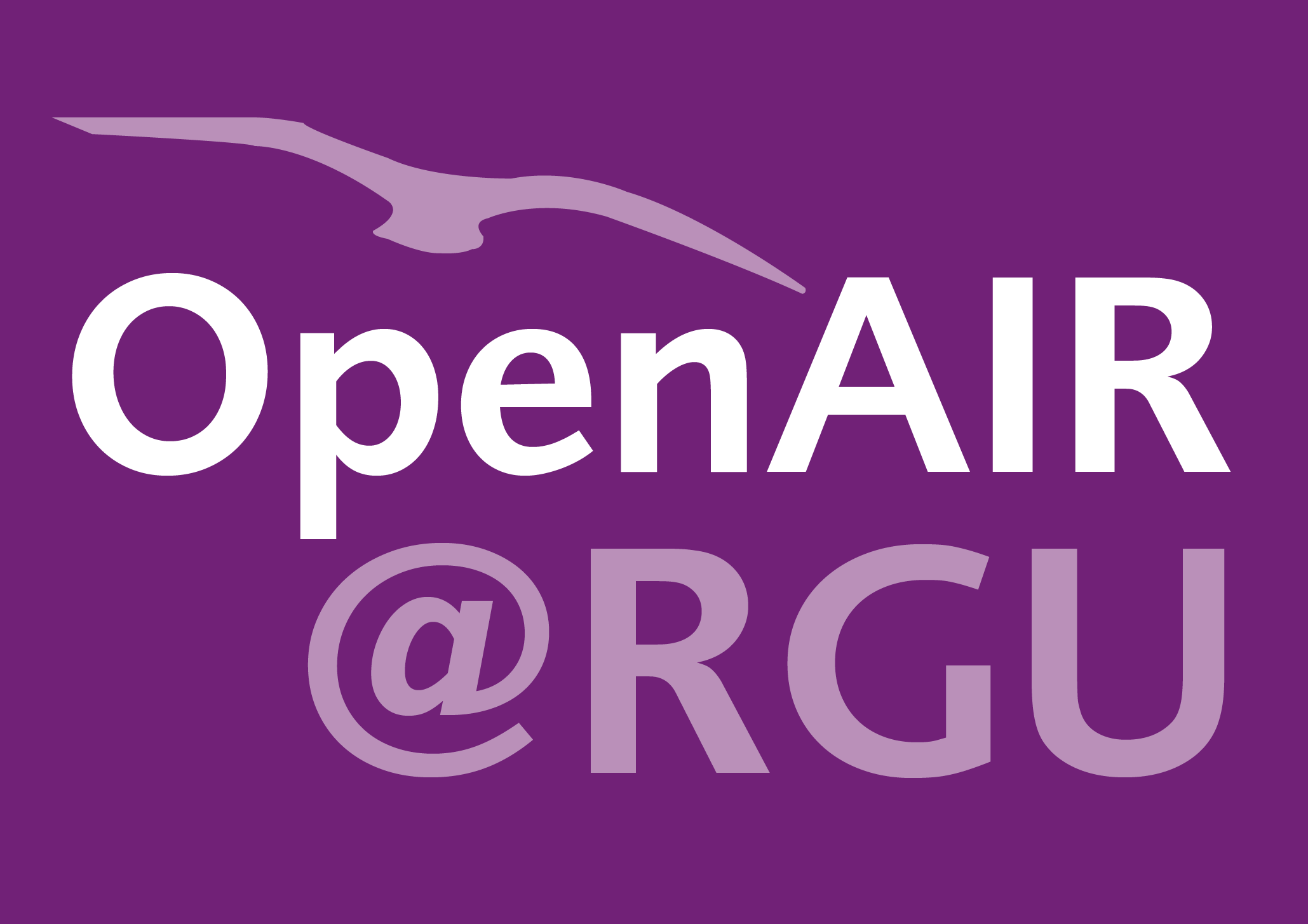Thomas Baxter
Some aspects of the design construction and applications of a digital stochastic computer.
Baxter, Thomas
Authors
Contributors
P. Mars
Supervisor
Abstract
The object of this project has been the construction and some aspects of design of a digital stochastic computer, in particular the patching system, initial conditions of integrators and a study of a stochastic to analogue output interface. In the latter stages of the project attention was turned to focus on the design and construction of a special purpose stochastic simulator, namely the Markov Chain and Random Walk simulator. Within the field of computer control there exists an increasing number of problems which cannot easily be solved using conventional computing systems. These problems arise for example in the real time control of large multivariable systems such as chemical processes, aircraft control systems, etc. Attempts to overcome these problems have led to the development of various arrangements of hybrid computers in an effort to obtain the advantages of the analogue and digital computers in one machine. Unfortunately the majority of these hybrid systems also incorporate the disadvantages of the two conventional computers. The digital computer although very fast and accurate, performs all computations sequentially and in applications involving, for example, the solution of differential equations where numerical iterative techniques must be employed, the time taken to obtain a solution can be in the order of minutes or even longer. This may be acceptable in a process which requires correction in this time scale but in fast processes where correction is essential within seconds, this is unacceptable. One advantage of the use of a digital computer in control is that the size of the computer required does not increase significantly as the size of the process to be controlled. Conversely the analogue computer, because of its parallel operation, can provide a solution to a differential equation almost instantaneously. However the complexity of an analogue computer increases greatly as the size of the process increases. The ideal hybrid computer should combine the advantages of the analogue and digital computers without incorporating any of their disadvantages. A stochastic computer, although not a hybrid computer, does combine the advantages of analogue and digital computers. The stochastic computer has been defined as 'an analogue computer using digital techniques.' It is defined in this way because it operates in a parallel mode, which makes it very fast, and uses conventional digital circuitry which makes it very competitive as regards cost. One disadvantage of the stochastic computer is that, as in the case of the analogue computer, the complexity increases significantly as the problem size. However because of the nature of the circuitry of the stochastic computer this disadvantage can be eliminated by using LSI techniques for constructing the computer thus making it small and inexpensive. The stochastic computer uses probability as its analogue quantity in the same way as the analogue computer uses voltage. Because probability cannot be estimated instantaneously there is a delay in obtaining a solution to any problem. The delay is proportional to the accuracy required, ie, the more accurate a solution is to be then the longer will be the time taken to obtain this solution. Therefore a balance between accuracy and speed must be struck. Nevertheless in applications involving complex problems where speed and accuracy are not critical, the stochastic computer is the ideal solution.
Citation
BAXTER, T. 1975. Some aspects of the design construction and applications of a digital stochastic computer. Robert Gordon's Institute of Technology, MPhil thesis. Hosted on OpenAIR [online]. Available from: https://doi.org/10.48526/rgu-wt-1993276
| Thesis Type | Thesis |
|---|---|
| Deposit Date | Oct 23, 2024 |
| Publicly Available Date | Oct 23, 2024 |
| DOI | https://doi.org/10.48526/rgu-wt-1993276 |
| Keywords | Stochastic computer; Computing; Analogue computer; Markov chain; Random walk; Hybrid computers; Real-time control; Probability |
| Public URL | https://rgu-repository.worktribe.com/output/1993276 |
| Award Date | Sep 30, 1975 |
Files
BAXTER 1975 Some aspects of the design
(49.5 Mb)
PDF
Licence
https://creativecommons.org/licenses/by-nc/4.0/
Copyright Statement
© The Author.
Downloadable Citations
About OpenAIR@RGU
Administrator e-mail: publications@rgu.ac.uk
This application uses the following open-source libraries:
SheetJS Community Edition
Apache License Version 2.0 (http://www.apache.org/licenses/)
PDF.js
Apache License Version 2.0 (http://www.apache.org/licenses/)
Font Awesome
SIL OFL 1.1 (http://scripts.sil.org/OFL)
MIT License (http://opensource.org/licenses/mit-license.html)
CC BY 3.0 ( http://creativecommons.org/licenses/by/3.0/)
Powered by Worktribe © 2025
Advanced Search
